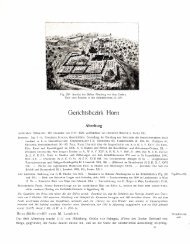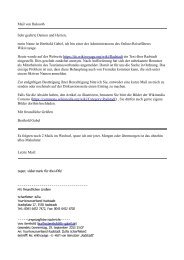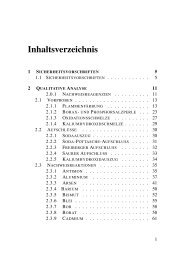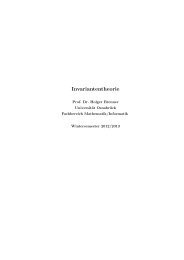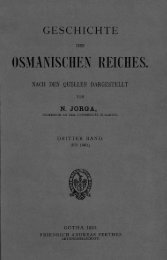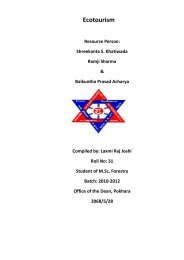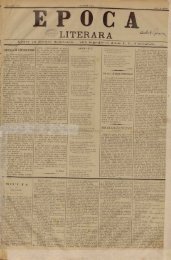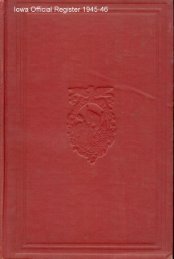Serial Programming - upload.wikimedia....
Serial Programming - upload.wikimedia....
Serial Programming - upload.wikimedia....
Create successful ePaper yourself
Turn your PDF publications into a flip-book with our unique Google optimized e-Paper software.
Modem <strong>Programming</strong> Basics<br />
9.2.5 Character Set and Character Case<br />
Commands sent to the modem, and textual responses are supposed to be in the ISO 646<br />
character set. ISO 646 is just another name for the familiar 7-bit ASCII 12 character set.<br />
Typically, modems chop off any 8th bit in commands they receive anyhow. They interpret<br />
the result as if the command has been sent using only 7-bit characters. However, it is not<br />
recommended to rely on this, but instead ensure that commands are only sent using 7-bit<br />
characters.<br />
Commands are not case sensitive, assuming a modern modem. Some early modems insisted<br />
on uppercase-only commands. Still, a generic driver could do worse than ensuring that<br />
all commands are sent in uppercase, and all responses are interpreted case-independent.<br />
Typically, both letters of the AT command prefix must be of the same case. So AT and at<br />
are acceptable, while At and aT are not.<br />
9.2.6 Welcome to the World of State-Machines<br />
Modem programming means to tap into the world of telecommunications. This is an<br />
unknown field for most amateur, as well as professional programmers. Telecommunication is<br />
heavily centered around state-machines. And in fact, it is rather difficult or impossible to<br />
program a modem without using a state-machine. The modem is at any time in a particular<br />
state, and any DTE software which tries to control and use the modem needs to track the<br />
state of the modem - in an own state machine. This is necessary, because a Hayes-compatible<br />
modem can only do certain things when it is in a certain state. E.g. it can only dial out if it<br />
is not already connected to some remote site.<br />
Part of a modem's state can be tracked via particular RS-232 lines. E.g. DCD (data carrier<br />
detect) can be used to figure out if the modem has detected a remote modem's carrier<br />
signal. Other information is provided by the flow-control lines. However, some states, and<br />
associated data need to be tracked via interpreting the modem's result codes 13 .<br />
People unfamiliar with the theory and practice of state machines often try to circumvent the<br />
issue by "tough coding". Which means, they throw more and more code onto the problem<br />
(wrapped in a heap of if/the/else/otherwise/maybe/... statements), until things seem to<br />
work - sort of. If they are lucky they have implicitly managed to create a state machine<br />
which works. If they are unlucky, they end up with a partial state machine, which breaks<br />
down should something unusual happen in the communication. This usually comes with<br />
the problem that the software was not designed to recover if things break down. So such<br />
software tends to hang or crash.<br />
It is much more efficient to first spend a few hours to to learn the basics of simple state<br />
machines, and then spending a few more hours to describe the communication with the<br />
modem as a state machine. The result of this planning serves as a nice template for<br />
implementing the DTE software.<br />
12 http://en.wikipedia.org/wiki/ASCII<br />
13 Chapter 9.8 on page 137<br />
131



